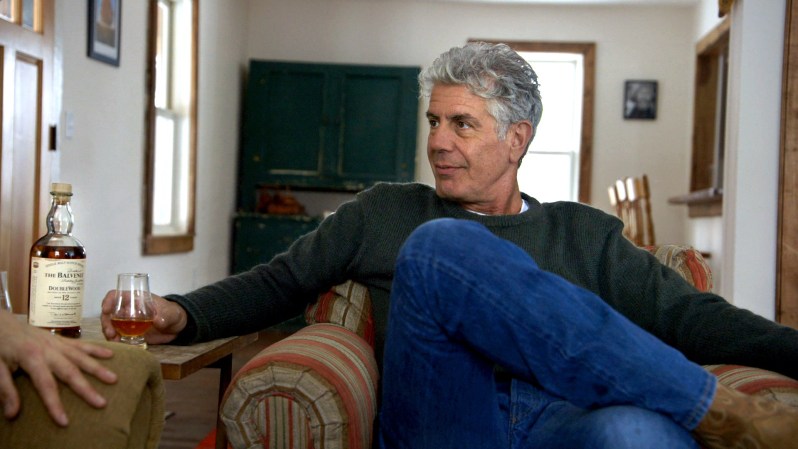It’s easy for those of us in the First World to view foreign and developing countries as intimidating, bizarre, even dangerous. This is especially true when we haven’t actually visited said countries. There’s a reason why those eager to step outside their comfort zone often look to travel as a way to escape the ordinary. Every day brings new people, new places, and new experiences. So, why not new food?
Food is the connective tissue that runs through every culture on earth. I’m not the first person to recognize that eating what the locals eat (ideally with the locals) is the best way to dive head-first into a foreign culture. To know what they farm, what spices they use, and what utensils they eat with provides keen insight into every destination. It’s also the fastest way to endear yourself to locals. Eating their food is an implicit sign of respect. Even if you don’t like the food, at least you’re doing your part to attempt an appreciation of it.
Posts claiming to rank the world’s most “bizarre” or “dangerous” foods pepper the internet. These provide good fodder for armchair travelers and, in the digital age, for bolstering one’s social media shares. But, they also paint a skewed, simplistic picture because the word “bizarre” is relative. For foreigners looking in on Americans, for example, our fast food is often considered bizarre. Some of our most popular supermarket staples are oddities as well. For one, most people outside of the United States don’t understand our fixation on peanut butter. Even our beloved Hershey’s chocolate, breakfast cereals, and plain white bread are considered unpalatable by many outside the country.

Anthony Bourdain’s massive popularity is due in large part to his badass, devil-may-care travel style. He’s notorious for eating just about anything. There’s an undeniable voyeurism in watching him suck down raw seal eyeballs and all manner of testicles. Most of us think: “Dude’s crazy! I’d never do that!” But you can, and, if you’re so inclined, you should. Travel adventures needn’t only be about bungee-jumping in Australia or taking a gondola ride in Venice. There are culinary adventures around the corner at every restaurant, pub, cafe, or street food cart if you’ve never eaten there before.
To be sure, it’s rarely ever a good idea to throw all caution to the wind. Keep your wits about you, but take calculated risks. If, for example, that Thai chicken from the street vendor doesn’t smell quite right; if there are zero locals at a nearby cafe during the height of the lunch rush; if the guy preparing your ramen bowl is sniffling into your noodles — these are all good signs that it’s best to dine elsewhere. However, the most rewarding and downright fun sort of travel — the kind that gives you a good story to tell later — is full of taking chances. If you simply hate seafood, a foreign sushi joint probably isn’t for you. But, if you genuinely love sushi, don’t avoid that plate of san-nakji (a Korean delicacy of octopus sliced, diced, and served almost alive) just because it seems weird or it might be gross.
I’ve eaten escamoles (ant egg) tacos in Puebla, Mexico; gnawed on whole goat cooked in the sands of the Jordanian desert; and sampled still unidentified bushmeat in South Africa. You should too. In the 10 years since I began traveling almost full-time, I’ve had only one severe case of food poisoning. This is anecdotal, of course. Your mileage may vary. But, at least I know I’m in good company. In a 2016 interview with Newsweek, Bourdain shared his simple secret for not getting sick on the road:
“In my 15 years in traveling around the world, I’ve missed three days due to stomach problems. I eat what locals eat. I’ve long found that the person on our crew most likely to get sick is the one who is sort of wary of street food and local food. They always get sick from eating the breakfast buffet at the hotel. That’s what brings people down. You eat in crowded local joints, and chances are you’re going to be okay.”
Bottom line: Eat like a local, not like a tourist.



